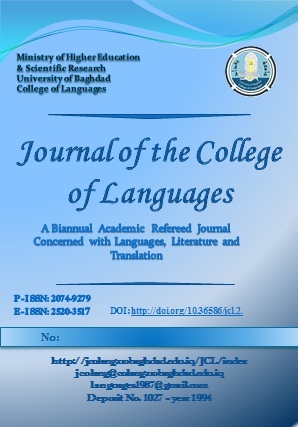Grammatical Behaviour and Uses of Negative and Prohibitive Particles in Semitic Languages: A Comparative Semitic Study
Keywords:
Grammatical particles, Negative, Prohibitive, Semitic Languages, Comparative Semitic Study.Abstract
Grammatical particles are so important in understanding a text and its meaning in linguistic context. This paper " Grammatical Behavior and Uses of Negative and Prohibitive Particles in Semitic Languages: A Comparative Semitic Study"
tackles a very important topic in Semitic languages. Comparative studies in Semitic languages shed light on phenomena in different languages that are related or have one common origin. No doubt, such studies have their own effects on language study in general especially when studying a specific phenomenon and explaining it by reliance on the one origin, or by investigating the various phases of its historical development.
A language uses a number of utterances which indicate a positive answer or or a negative one. Negation is given many meanings in dictionaries, but one such meaning is that which is the exclusion of something or setting it aside.. Prohibition is the disallowance of an action. The paper is made of an introduction involving a simplified account of negative and prohibitive particles. This is followed by an exposition of some important particles and their uses and rules in each one Semitic language (Arabic, Hebrew and Syriac) along with examples of all particles, which show how near or similar the uses of the negative and prohibitive particles are in these languages.










